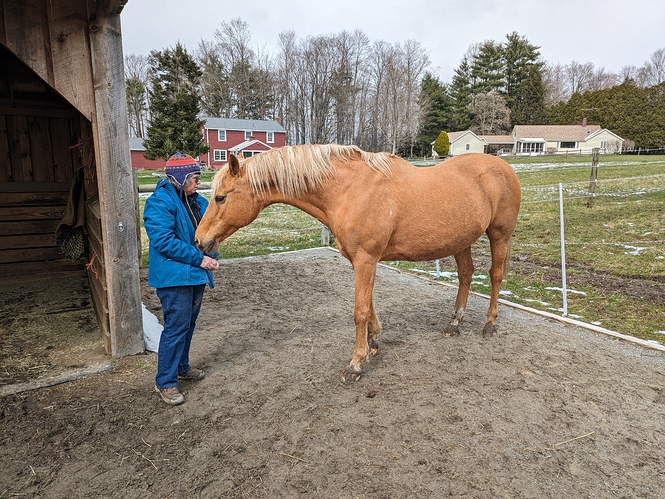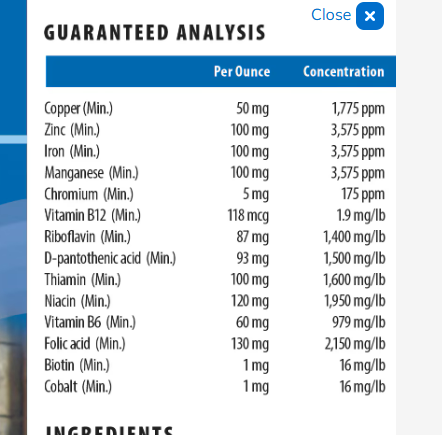It seems I have dominated this post for an entire day so I’ll let other people have their say, but I did want to just list some interesting facts about what we know about insulin and EMS. Hopefully these will make you think a bit:
-EMS can occur in horses as young as 5 years old
-TB’s are not the classic breed but they can develop it so you cannot rule out a 6yo TB.
-Adiposity is no longer considered a core trait of EMS but an accompanying complication that can make matters worse. You do not have to be fat to be EMS.
-Other potential causes for EMS other than genetics and fat have had some research confirmation such as Lack of diversity of the gut biome and Endocrine-disruptive compounds i(EDC’s) in the envirronment (including plastics and pesticides).
-Horses that live on farms within 30 miles of an EDC disposal dump have a higher incidence of laminitis.
-The liver clears 70% of insulin from the blood stream. Some more naturopathic-oriented vets prescribe milk thistle because of its benefits to liver function hoping to encourage the liver to pull more insulin out of the blood stream.
-There is a “lean-type” EMS and these non-obese horses may be insulin dysregulated rather than insulin resistant. They may even be horses who struggle to keep weight on.
-Insulin dysregulated horses may not have consistently elevated insulin but will show spikes in insulin after meals. These might only be identified in a test such as the oral sugar test which tests after food intake.
-Histological studies have found cellular changes in lamina after only 6 hours of elevated blood insulin.
-Horses experimentally maintained at an insulin level of 200 for only 48 hours already showed pathology in the lamina. In my experience many “normal” behaving horses test at this level, especially ponies and likely have had high insulin for months or years before showing foot problems.
So could a lean 6yo TB who suddely became sore-footed have lamina pathology despite not seeming to be insulin resistant on a baseline blood test? Yes.
I’m not saying it is common, but you can see why it’s still worth ruling out.



